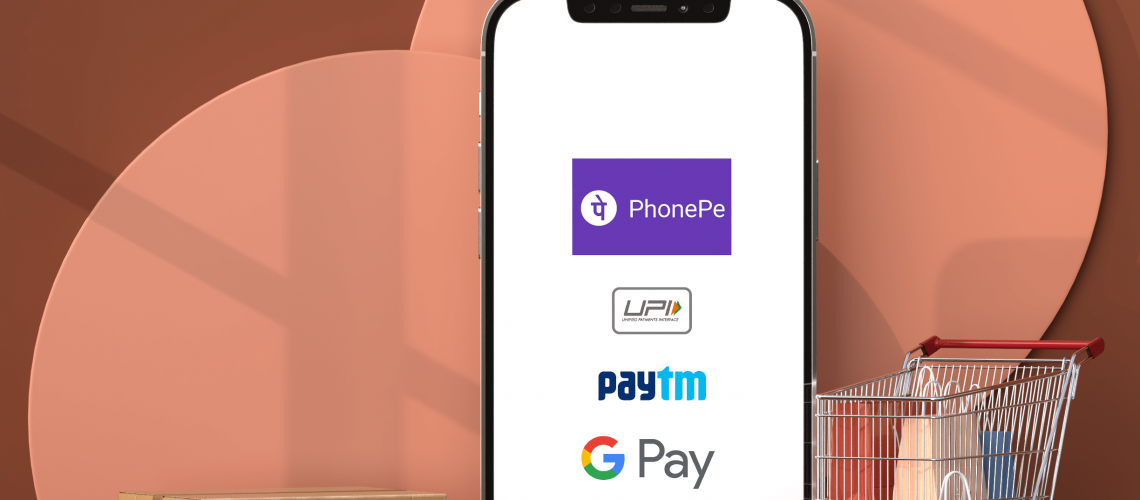About Payment Apps :
In today’s covid19 hard times, when there is no way, we can go and do shopping & banking, but people now easily do their payment transactions through payment applications (Open Banking), where, buying and selling are 24×7.
India has made a significant impact on the retail payment systems in the country with various solutions with National Financial Switching (NFS) such as UPI, RuPay, BHIM, NACH, IMPS, Fastag, BBPS, *99#, CTS & AePS. National Financial Switching (NFS) has established a strong and sustainable operational model with in-house capabilities whose services are on par with any global ATM network.
There are three types of Digital Payments (1) Card Networks (2) Closed Loop Stored Values (i.e., Wallets / Gift Cards) (3) RTP – Real-Time Payment Systems (i.e., UPI). Unified Payment Interface usage across India, by platform, is PhonePe is at 42.5%, Google Pay at 36%, Paytm at 14.9%, Amazon is at 2%, and the rest of all at 4.6%
Digital payments in western countries have largely focused on a person sending money to a merchant. UPI does that, but it also enables peer-to-peer payments and across a wide range of apps which is again interoperable.
The success of the RTP system in India (i.e., UPI) is bringing countless benefits such as reducing poverty and corruption, and increasing GDP. The rollout of these digital payment systems isn’t just transforming financial banking systems and commerce, but the countries themselves.
How do Payment Apps make money? :
- UPI based Transactions – Payment Apps do not earn from the UPI transactions. They offer this transaction even though its free to have a customer base, such that additional paid services could be offered
- Bill Payments – When customer pays any kind of bills from their Payment App such as Electricity, Dth Recharge, Water, Insurance, Loan Repayment, Postpaid Bill and so on Payment App takes a commission from that companies.
- Mobile Recharges – Whenever a customer recharges on any SIM operators from their Payment App, they get commission by that operator on every recharge that is made.
- Wallet Money – Whatever the money is stored in the customers wallet, they get an interest until such time its kept with them.
- Shopping – Many Payment Applications have built in shopping applications, through which they sell and make money.
Few Advantages of Digital Payments :
- Secure & Safe Payment: – Payments made through payments are robust. Unified Payments Interface (UPI) offers an architecture and a set of standard Application Programming Interface (API) specifications to facilitate online payments
- Instant Settlements:- Instant “Pay” (push) and “Collect” (pull) using single click two factor authentication where mobile is first factor and MPIN/Biometrics as second factor.
- No Privacy Breach: – They Virtual Payment Addresses(VPA), thus eliminating the need to provide sensitive account information to merchants/individuals.
- No Service Charges: – Unlike service charge (Tax) payable for services like IMPS or NEFT in any banks, you don’t need to pay service charge (Tax) for a UPI payment as the service is completely offered free by the Indian government.
- Offers: – Cash back, Discounts, loyalty/rewards points and Free Recharges offered by Merchants and Payment Apps.
Few Disadvantages of Digital Payments :
- Getting Hacked: – Payments made through payment Apps are robust, but susceptible to social engineering frauds, some the most common frauds we see are customer care Frauds, KYC Frauds and QR Code Scan Frauds.
- Delay for Stuck Settlements: – Digital payments are very fast and safe medium, but sometimes your transaction may get struck because of your bank server down or your weak internet network you have, in such cases your payment is settled in 48 hours.
- Low number PIN: – PIN Numbers are very small digit i.e., 4 or 6 digits, it is not safe, so make your payment very carefully by adding finger print to the application.
- One time Transfer Limit: – Maximum limit up to ₹ 100,000 as much as possible. If you have to transfer more than ₹ 100,000, you have to do multiple transactions.
Conclusion :
- We’re on the path to a more convenient future, Payments Apps are convenient as long as they work. But whether they’ll work for you depends on where you shop and even the kind of phone you are using. If you are regularly shopping at an outlet that accepts mobile payments, that’s perfect! Otherwise, Payment apps can be a hassle and they aren’t reliable enough yet that you can leave your wallets at home.



